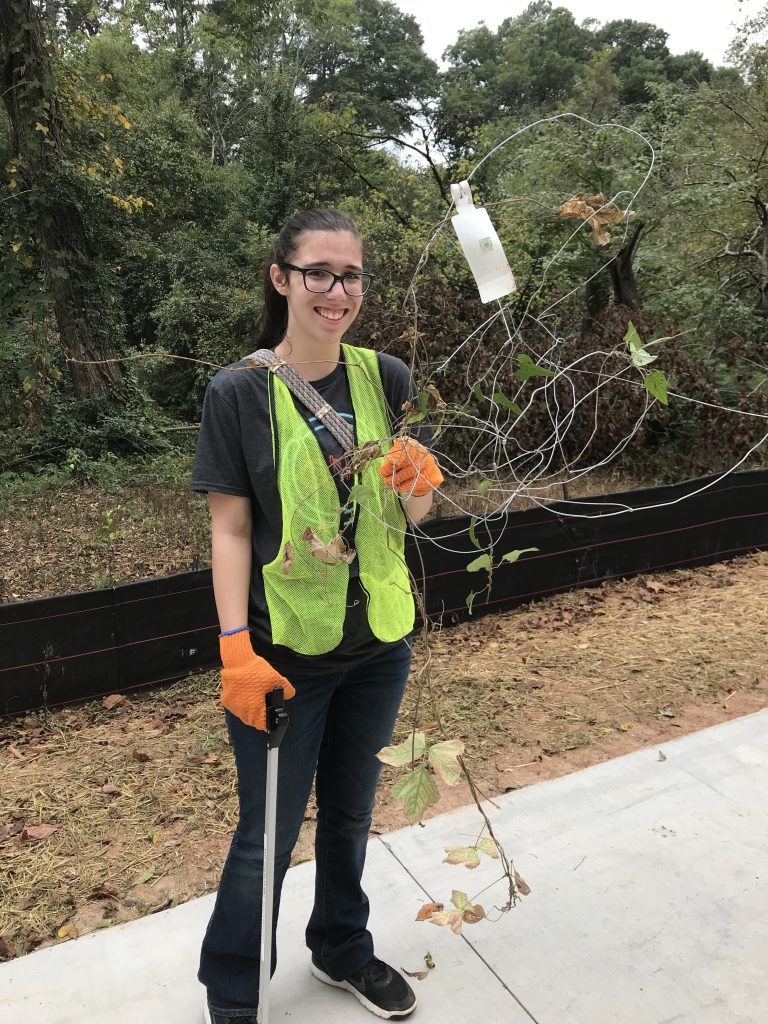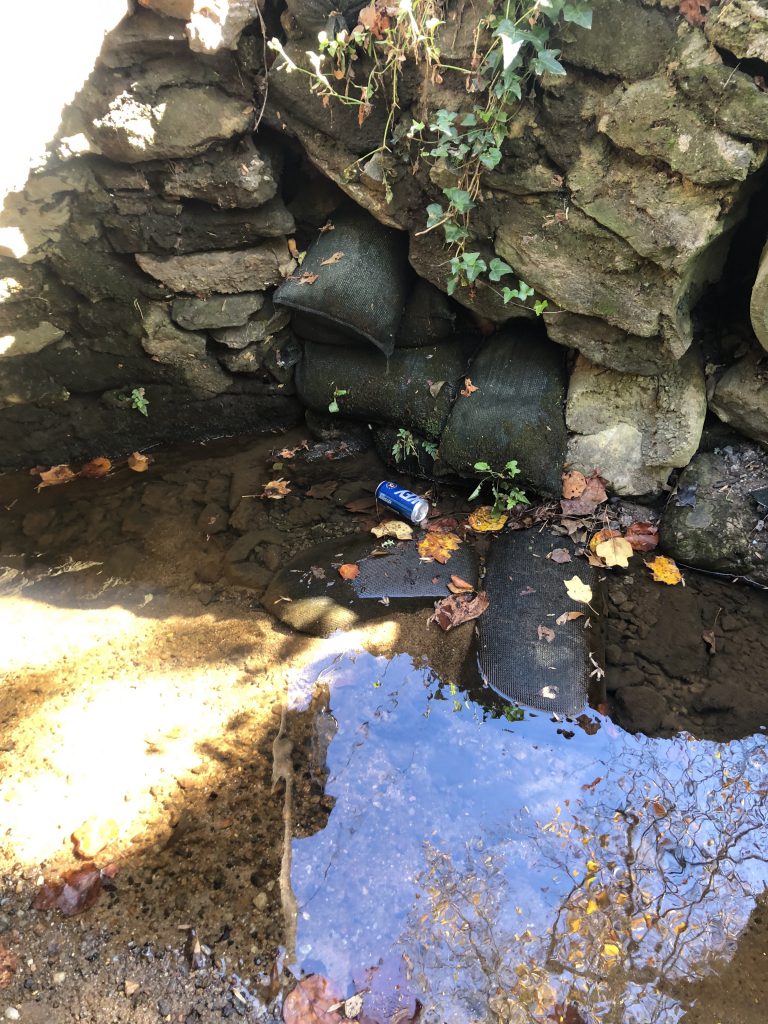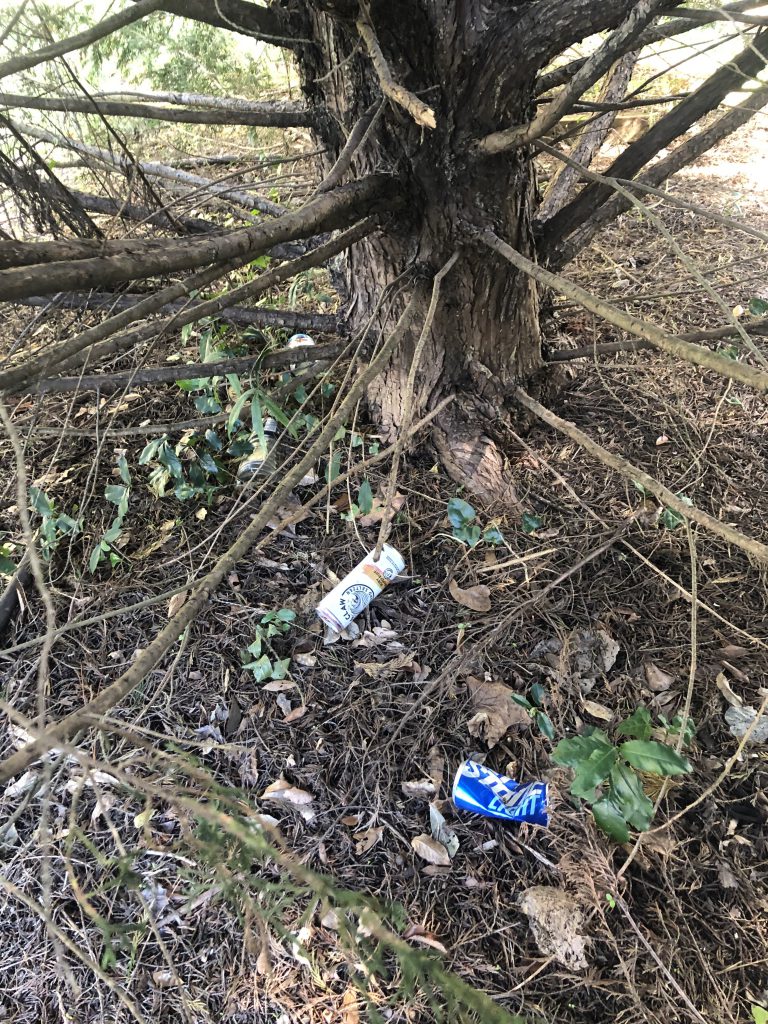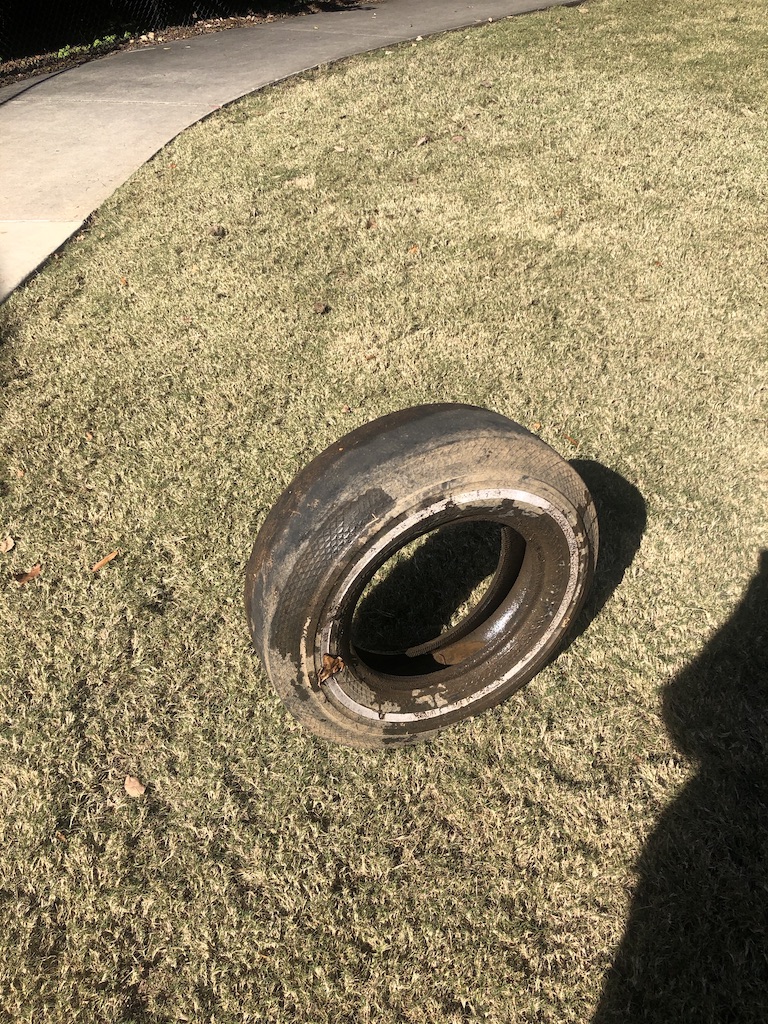Oops, forgot to do this one a while back!

For my outreach, I visited the Rivers Alive Watershed cleanup event on the 5th of October. As you can see in the image above, during this event we gathered a lot of trash from the riverbed of the Oconee River. Metal, plastic, electronics – one of the biggest things we hauled out was an old TV filled with dirt and having vines growing out of it. We also pulled a screen door, a bicycle frame, and many other interesting things out of the ground. To be honest, I didn’t know much about what we would be doing beforehand – I just knew where to go, when to go there, and to come ready to get dirty.
I learned a lot from this activity, one of those being the sheer amount of trash that the cleanup location had. It was near a few apartment blocks, as well as a frat house, so it would make sense for there to be a lot of garbage, but I was still surprised at just how much there really was. Beer bottles and cans, diapers, disposable food packaging, etc. If there weren’t an organized activity to clean this place up, what would have happened to it? Things would continue to pile up until it’s no longer a riverbed, but a landfill that just so happens to have a river near it. But while I was cleaning, I spoke to some of the other participants. Some of them had been doing this activity every year for as long as they’d been in Athens, others were immigrants to the US who were helping as a way to get to know the Athens area. Others were students at UGA from an English graduate student program. But despite all being very different people, they had one thing in common: they were good people who felt motivated to help. And despite the fact that there was way more trash than I expected at the site, the presence of these amazing people gives me some hope.
I definitely feel that this experience was very interesting. I was in Beta Club in high school, so I’ve done volunteering in the past, but for Beta I was mostly doing activities I knew I would enjoy and was kind of just looking to finish my required 20 hours of service. I never really pushed myself or left my comfort zone, so this activity was a good push. Because I enjoyed it, I think I now feel more confident in leaving my comfort zone more often, which will allow me to do more things I wouldn’t have in the past. In addition, it was informative; I learned more than I did before about recycling, disposal of trash, and, as mentioned before, just how much stuff people throw away in improper places. I think that in the future I’ll probably make a conscious decision to actually pay more attention to littering in places like riverbeds and greenways, because seeing how much trash there was was very saddening to me.
Volunteering in this event caused me to have a shift in my feeling towards my environment. I’ve always felt that the corporate individualization of blame and deflection of responsibility onto consumers was the biggest problem, and while I still feel that, I now know that there is actually something that people can do to help. I’m now more motivated to learn about opportunities to help and even participate in those opportunities. I truly do plan on helping with these sorts of things more in the future.














